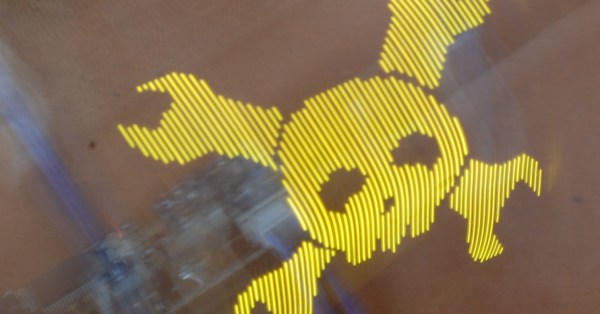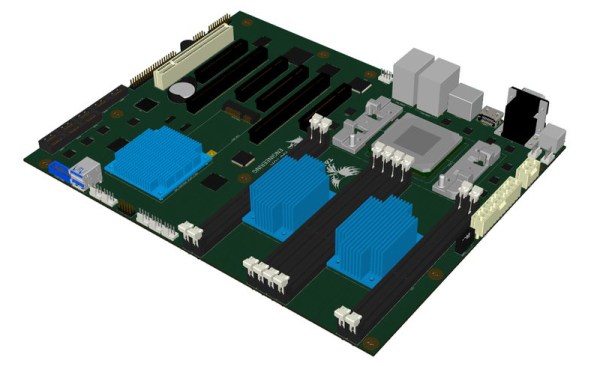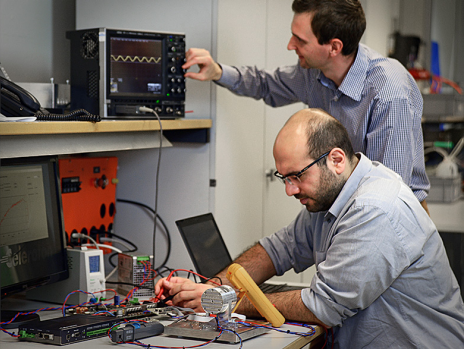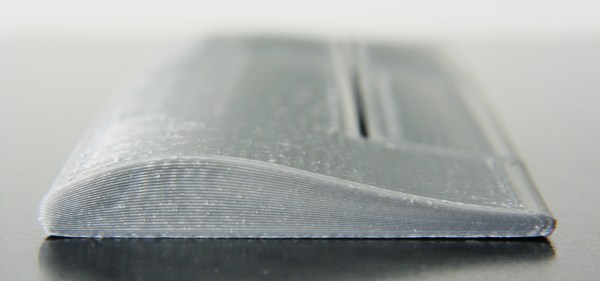If you’re like us, you spend most of your time in front of a computer keyboard, wondering where your life went wrong. [AnonymouSmst] has a slightly more positive outlook on life, which led them to create a truly DIY keyboard with OLEDs, Bluetooth, NFC, Analog joysticks, an ‘Internet of Things thingy’, local storage, and ostentatious backlighting. It’s a 1337 h4x0r keyboard, and one of the coolest input devices we’ve seen since that weird GameCube controller.
[AnonymouSmst] was one of the very elite, very privileged hackers that made it out to the Hackaday Munich meetup where [sprite_tm] first demoed his firmware hack that allowed anyone to play Snake on a keyboard. Here, the idea of building the ultimate keyboard was planted, and [mst] quickly began researching which keyswitches to use. Apparently, [mst] hates his neighbors and chose the obnoxiously loud Cherry Blues.
To a standard 60% keyboard layout, [AnonymouSmst] added a lot of hardware you don’t usually see in even the most spectacular mechanical keyboard builds. A few dozen WS2812 RGB LEDs were added to the build, as was an Adafruit Bluefruit module, an NFC reader, a LORA module and a ESP8266 for WiFi capability, an OLED display just because, and two analog joysticks on either side, one acting as the arrow cluster the other acting as a mouse.
We’ve seen dozens of mechanical keyboard builds over the years, but this takes the entire concept of a DIY keyboard to the next level. It’s bright, shiney, glowey, and a vulgar display of conspicuous consumption and engineering prowess. It is the perfect keyboard, if only because it was designed and built by the person who would ultimately wield it.






















